2019 Subaru Forester Pros and Cons: Road Trip Edition

Is the Subaru Forester a competent road trip vehicle or is it better relegated to errand-running closer to home?
To answer this very question, I took a top-shelf Touring model on a long-weekend getaway with some close friends. The target was Munising, Michigan, an isolated small town on the Upper Peninsula’s weather-beaten northern shore. Round trip, this moderately long-haul adventure inflated the vehicle’s odometer by more than 1,000 miles, ample opportunity to get a real feel for how this crossover performs on extended drives.
But why visit this frozen tundra in the middle of winter? It certainly wasn’t to get first-hand experience with frostbite or to boost my body’s vitamin D levels. Aside from taking a much-needed break from everyday life, Munising is surrounded by the natural splendor the north. We hiked, explored ice caves, discovered waterfalls and even stole a few far-off glimpses of Pictured Rocks as we stood on the craggy ice of Lake Superior.
Of course, getting there was an adventure all its own. Here are some pros and cons of the 2019 Subaru Forester Touring.
ALSO SEE: 2019 Mazda CX-5 vs Honda CR-V vs Subaru Forester: Which Crossover is the Best Buy?
Pros:
High-Quality Interior
Historically, my two biggest complaints about Subarus have been their lackluster interiors and unrefined powertrains. Fortunately, the automaker has addressed both these complaints with the all-new fifth-generation Forester. Inside, this utility vehicle’s cabin is rife with attractive materials like low-sheen soft plastic and contrast stitching. The range-topping Touring model evaluated here was also gussied up with rich-looking brown leather, which was splashed across the center console, dashboard, doors and elsewhere for a sharp look.
The Forester has room for five people. Normal-sized adults will fit in the backseat with no issues, the bench being quite comfortable with plenty of legroom and a nicely angled lower cushion for good thigh support.
SEE ALSO: 2019 Subaru Ascent Review
Intriguingly, there’s one particular dimension where this vehicle’s cabin excels. The Forester has tons of headroom. Seriously, Shaquille O’Neal could probably sit bolt upright and still have enough space to wear a top hat. The headroom practically rivals that of an airport shuttle bus.
Refined Powertrain
Along with its significantly improved interior, this Subaru’s powertrain has also been civilized. All versions are powered by a 2.5-liter horizontally opposed four-cylinder engine. It’s rated at a class-competitive 182 horsepower and 176 pound-feet of torque.
More importantly than that, this engine is smooth and quiet, with practically none of the agricultural soundtrack this automaker’s products have historically been known for pumping out in undesirable quantities of. Of course, symmetrical all-wheel drive, a Subaru hallmark, is standard in every Forester. Ground clearance measures an impressive 8.7 inches, only about an inch less than a Jeep Wrangler Sport.
ALSO SEE: 2019 Subaru Crosstrek vs Forester: Which Subaru Crossover is Right For You?
Spacious Cargo Hold
Another feather in the Forester’s cap is its generously sized luggage compartment. With the second row up, there’s 33 cubic feet (934 liters) of room. Fold those 60/40 split backrests down and that figure more than doubles, topping out at an advertised 70.9 cubes (2,008 liters). These figures compare favorably to the capaciousness of rivals like the Honda CR-V, Nissan Rogue, and Toyota RAV4. That total figure is also about one cubic foot greater than in the previous-generation Forester, plus engineers made the hatch opening more than 5 inches wider for easier loading and unloading of cargo. In short, there’s more than enough room in this vehicle for a long-weekend getaway and then some.
ALSO SEE: 2019 Toyota RAV4 vs Subaru Forester
Impressive Crash Safety
The fifth-generation Forester has been completely revamped for 2019. It now rides on the ubiquitous Subaru Global Platform, rigid and secure underpinnings it shares with other models in the automaker’s lineup. Curiously, its wheelbase and overall length appear to be identical to the Impreza sedan’s.
This architecture provides a solid foundation upon which everything else is built. It makes the Forester free of squeaks and rattles, gives it plenty of on-road refinement and provides superior safety. This crossover vehicle earned Top Safety Pick+ honors from the Insurance Institute for Highway Safety, the highest rating they give out.
Affordably Priced
The 2019 Subaru Forester is offered in five trims. Stepping up from the entry-level “standard” model, there’s Premium, Sport, Limited and Touring. Sidestep every option and you can drive home in an entry-level version of this utility vehicle for less than $26,000, including $975 in delivery fees.
SEE ALSO: 2019 Subaru WRX STI Review
Despite coming with loads more content, items like automatic high beams, a driver-distraction mitigation system, blind-spot monitoring, 18-inch wheels, leather seating surfaces, a multimedia navigation system with an 8-inch screen and much more, the Touring model tested here checked out for just $35,270 including destination charges. This means even an exceedingly well-equipped Forester is still attainable for many drivers.
Plenty of Standard Equipment
Another significant plus of this vehicle is the generous standard equipment it comes with. A Starlink Multimedia system is included at no extra charge, as are power windows, locks and mirrors. Keyless entry, Bluetooth, an electronic parking brake and LED headlamps are all standard across the range, ditto for Subaru’s brilliant EyeSight suite of advanced driver aids. This includes potentially life-saving features like lane-keeping assist, adaptive cruise control, automatic emergency braking and more.
It’s Efficient
As for consumption, this Subie is rated by the U.S. EPA at 26 miles per gallon city (9.0 L/100 km), 33 highway (7.2 L/100 km) and 29 combined (8.2 L/100 km). These figures are practically in lockstep with all-wheel-drive versions of the Honda CR-V and Toyota RAV4, though they’re significantly better than what the Volkswagen Tiguan and gasoline-powered versions of the Chevrolet Equinox return. (Remember, the Chevy can also be had with a super-economical diesel engine.)
Cons:
Not Particularly Punchy
The Forester’s 182 horsepower is more than adequate, getting it up to highway speed with no drama or worry, but just a little more giddy-up would be appreciated. Also, this vehicle is only rated to tow 1,500 pounds, a rather paltry figure.
No, this Subaru’s not slow, but a touch of turbocharged torque would be welcomed. The force-fed 2.4-liter engine found in the brand-new Outback delivers 260 ponies with 277 pound-feet of twist. It’d be the perfect optional powerplant in the Forester for drives that wanted a little more speed or towing capability.
The CVT is Mostly Agreeable
Like other models in the Subaru range, this crossover features a continuously variable automatic transmission. Because of their infinite range of available ratios, CVTs are great for fuel economy and performance since the engines they’re bolted to can spin at exactly the right speed to deliver precisely the amount of torque required for any given driving situation. For the most part, this Subaru’s transmission is agreeable, though it’s not entirely free of the rubber-band feel so common to these transmissions. Other automaker’s CVTs seem to do a slightly better job of keeping the engine from droning. In Subaru’s defense, this transmission can simulate gear changes, offering seven ratios when shifted manually via the paddles or gear selector.
Elevated Wind Noise
Comfortable and capacious with a smooth-running engine, the Forester is an excellent compact crossover. But breaching its noise, vibration and harshness defenses is noticeable wind noise. At highway speeds, there’s a touch more ruckus than expected from a vehicle that’s otherwise so refined. This can get a little annoying on long highway slogs.
Driver Focus System Not Always Helpful
Forester Touring models come standard with the automaker’s DriverFocus distraction-mitigation system that features an infrared camera mounted on the dashboard that keeps track of the driver’s face. This nifty bit of technology is designed to prevent motorists from getting sidetracked while behind the wheel, alerting them with audio and visual warnings should they take their eyes off the road. It can even alert drivers if they’re getting drowsy, though perhaps even more impressive than this, the system is able to recognize different drivers’ faces, automatically calling up saved vehicle settings for things like the seat and mirror positions.
SEE ALSO: 2019 Subaru Forester Review
This system is quite a clever idea and it’s highly effective, perhaps too effective. Briefly looking out a side window will occasionally trigger a warning, as will putting a hand on your chin or face.
The Verdict: 2019 Subaru Forester Pros and Cons
The Japanese automaker is billing its latest Forester as “the roomiest, most capable and most versatile” ever. After 1,000-plus miles in the left-front seat, it’s not hard to agree with the Subaru’s claims. This Forester is also comfortable, refined and easy to live with. A few minor annoyances notwithstanding, it’s a vehicle that’s eager to serve for the long haul, a cross-country road trip or for many years to come.
Discuss this story on our Subaru Forester Forum

Born and raised in metro Detroit, Craig was steeped in mechanics from childhood. He feels as much at home with a wrench or welding gun in his hand as he does behind the wheel or in front of a camera. Putting his Bachelor's Degree in Journalism to good use, he's always pumping out videos, reviews, and features for AutoGuide.com. When the workday is over, he can be found out driving his fully restored 1936 Ford V8 sedan. Craig has covered the automotive industry full time for more than 10 years and is a member of the Automotive Press Association (APA) and Midwest Automotive Media Association (MAMA).
More by Craig Cole




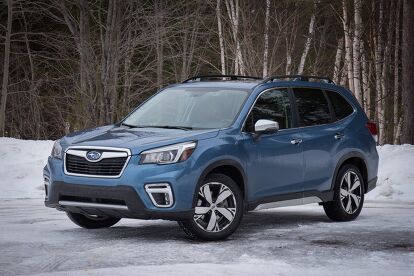


























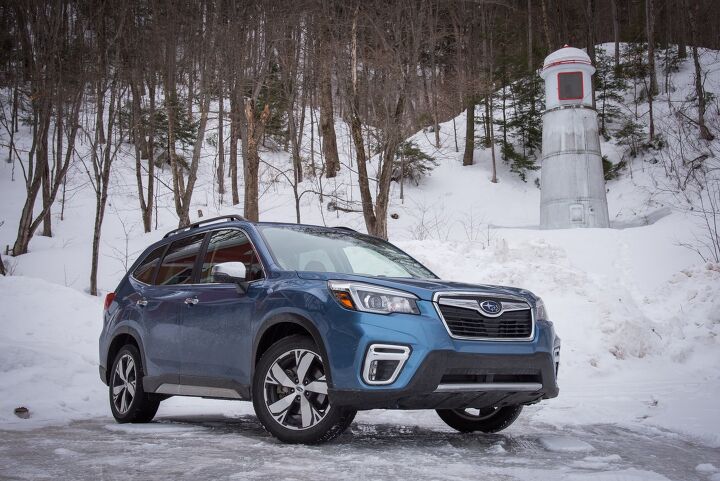


























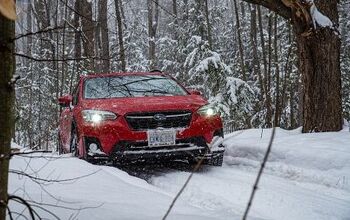
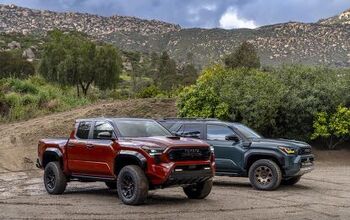
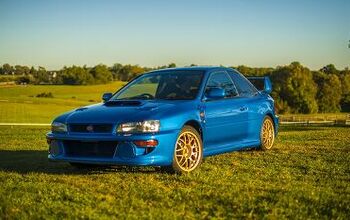

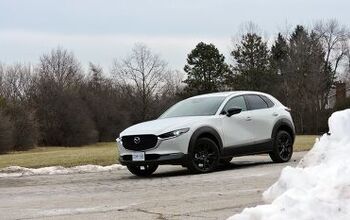




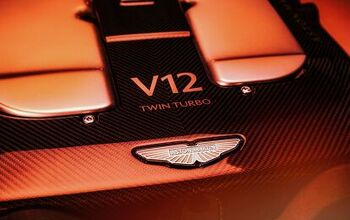


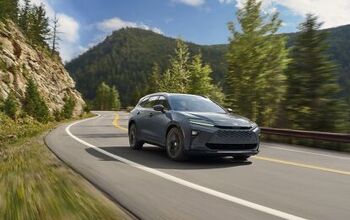


Comments
Join the conversation